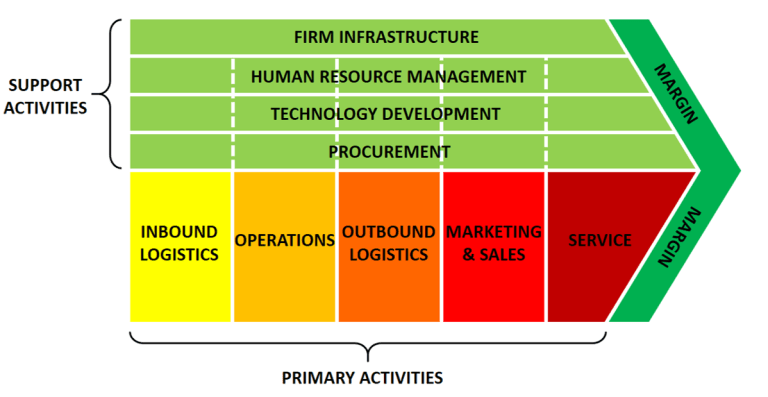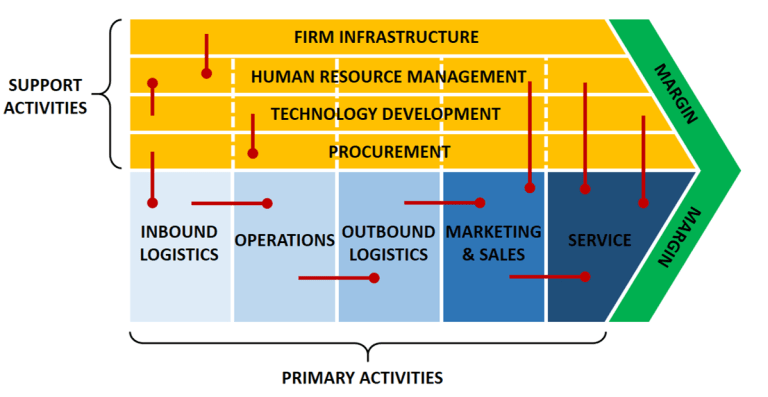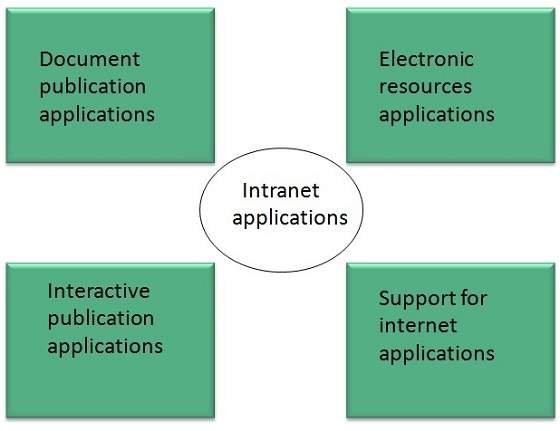E-commerce: Business Models and Concepts
E-commerce (electronic commerce) refers to the buying and selling of goods and services over the internet. With the rapid growth of technology and internet connectivity, e-commerce has transformed business operations, customer behavior, and market dynamics. There are various business models and concepts that define the structure and functioning of e-commerce.
E-commerce Business Models:
-
Business to Consumer (B2C):
B2C model is one of the most commonly known e-commerce models. It refers to transactions between businesses and individual consumers. Online retailing is the most popular form of B2C commerce. Companies such as Amazon, Alibaba, and Walmart operate in this space, where consumers purchase products or services from businesses directly via websites or mobile apps. In B2C, the transaction process involves browsing, ordering, payment, and delivery, with a focus on providing a user-friendly shopping experience.
-
Business to Business (B2B):
B2B e-commerce involves transactions between two or more businesses. These transactions often include wholesale trade, raw materials, or bulk product purchases. The buyers are typically other companies, rather than individual consumers. Platforms such as Alibaba, ThomasNet, and Indiamart serve as intermediaries for B2B transactions. This model is more complex compared to B2C due to the larger scale of transactions, longer sales cycles, and the need for more robust systems to manage relationships, orders, and logistics.
-
Consumer to Consumer (C2C):
C2C e-commerce refers to transactions between consumers, often facilitated by a third-party platform. Online marketplaces such as eBay, Craigslist, and Poshmark serve as intermediaries, allowing individuals to buy and sell goods or services to one another. The C2C model benefits from low overhead costs as it typically involves no large inventory or physical stores. It’s highly popular for second-hand goods, auctioned items, and peer-to-peer services.
-
Consumer to Business (C2B):
C2B is a less common but growing model where individual consumers offer products or services to businesses. This model has evolved with the rise of freelance work, crowdsourcing, and influencers. Websites like Fiverr, Upwork, and Shutterstock facilitate these transactions by allowing individuals to sell their skills, content, or products to businesses. This model highlights how consumers can generate value for businesses, especially in the context of creative services or product feedback.
-
Business to Government (B2G):
In this model, businesses provide goods and services to governments or government agencies. B2G transactions typically involve government contracts for procurement, consulting, and other services. E-commerce platforms that facilitate B2G exchanges often require complex bidding processes and compliance with governmental regulations. Examples of B2G platforms include government procurement websites and e-tendering portals.
-
Subscription-Based E-commerce:
The subscription model has gained immense popularity, especially in digital content and software services. Under this model, consumers pay a recurring fee for access to products or services over a specified period. Netflix, Spotify, and Amazon Prime are some of the most recognized subscription-based services. Subscription e-commerce also extends to physical goods, such as beauty boxes (e.g., Ipsy), meal kits (e.g., Blue Apron), and even pet supplies (e.g., BarkBox).
-
Marketplace Model:
In a marketplace business model, the platform owner (like Amazon, Etsy, or eBay) acts as an intermediary between sellers and buyers, facilitating transactions without directly selling products. The platform typically charges a fee or commission on each sale. The marketplace model offers businesses the opportunity to reach a larger audience while consumers benefit from a variety of choices and competitive pricing. This model emphasizes scalability, where the platform owner earns revenue without needing to maintain inventory.
Concepts in E-commerce:
-
Digital Payment Systems:
A core aspect of e-commerce is the ability to conduct secure online transactions. Payment gateways such as PayPal, Stripe, and credit card processors facilitate online payments by providing a secure method for transferring money. Digital wallets like Apple Pay and Google Pay have simplified the payment process for consumers, enabling faster transactions with minimal friction.
-
Online Security and Privacy:
With the increasing prevalence of e-commerce, ensuring the safety of consumer data is crucial. Security protocols like Secure Sockets Layer (SSL) and encryption technologies protect sensitive data during online transactions. Additionally, privacy concerns have led to stricter regulations such as the General Data Protection Regulation (GDPR) in Europe, ensuring businesses handle customer data responsibly.
-
Logistics and Supply Chain Management:
Efficient logistics and supply chain management are essential for e-commerce businesses to ensure timely delivery of products. Companies must invest in warehousing, inventory management, and shipping systems to meet consumer expectations. Technologies like dropshipping and fulfillment by Amazon (FBA) have simplified supply chain processes, allowing businesses to focus on sales and customer experience.
-
Customer Relationship Management (CRM):
Successful e-commerce businesses emphasize customer engagement and retention. CRM tools and software help companies track customer interactions, personalize marketing efforts, and improve customer service. Through customer data, businesses can better understand preferences and behavior, enabling tailored marketing campaigns and more efficient sales strategies.
-
Digital Marketing:
E-commerce businesses rely heavily on digital marketing strategies to attract and retain customers. Search Engine Optimization (SEO), Pay-Per-Click (PPC) advertising, email marketing, and social media engagement are some of the common tactics used. Social proof, such as customer reviews and influencer endorsements, plays a critical role in influencing purchasing decisions in the online marketplace.
-
Mobile Commerce (M-commerce):
Mobile commerce, or m-commerce, is another important concept in e-commerce. With the rise of smartphones and mobile apps, many consumers now shop on-the-go. Optimizing websites for mobile devices and creating user-friendly mobile apps are critical strategies for businesses to cater to mobile shoppers. Features like push notifications and location-based promotions also contribute to enhancing the mobile shopping experience.




